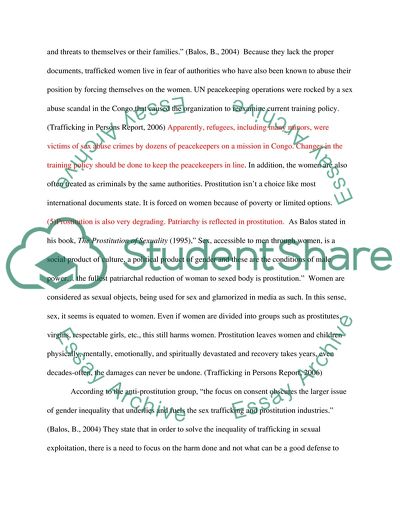Cite this document
(“Trafficking Essay Example | Topics and Well Written Essays - 2000 words”, n.d.)
Trafficking Essay Example | Topics and Well Written Essays - 2000 words. Retrieved from https://studentshare.org/miscellaneous/1558586-trafficking
Trafficking Essay Example | Topics and Well Written Essays - 2000 words. Retrieved from https://studentshare.org/miscellaneous/1558586-trafficking
(Trafficking Essay Example | Topics and Well Written Essays - 2000 Words)
Trafficking Essay Example | Topics and Well Written Essays - 2000 Words. https://studentshare.org/miscellaneous/1558586-trafficking.
Trafficking Essay Example | Topics and Well Written Essays - 2000 Words. https://studentshare.org/miscellaneous/1558586-trafficking.
“Trafficking Essay Example | Topics and Well Written Essays - 2000 Words”, n.d. https://studentshare.org/miscellaneous/1558586-trafficking.


